-
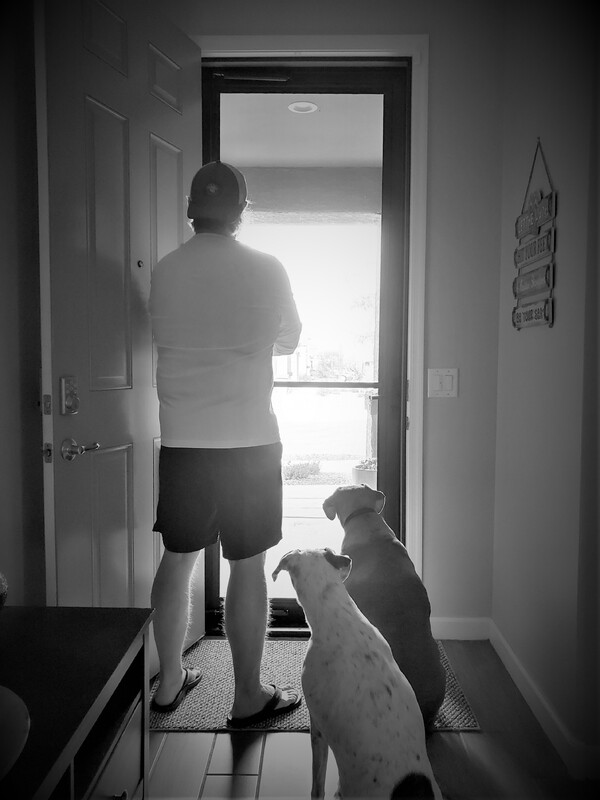
2021-04-21
--Reflections on the Pandemic Archive--
Looking back over my experience with the “Journal of the Plague Year” COVID-19 archive, my prevailing emotion is gratitude. This opportunity granted me experience that few historians earn, and the remote, asynchronous work schedule allowed me to collaborate with my colleagues in ways that maximized our respective contributions. The breadth and depth of our individual experiences and perspectives tremendously improved our collective process and products.
I spent enough time in the Arizona State Archives last year to recognize such collections as historical treasure chests, but I have now participated in processing an archive’s content and navigating the ethical dilemmas those submissions sometimes create. Archivists and curators are the history profession’s truly unsung heroes, and their work facilitates society’s perception of itself.
My background in police work and public safety drew me to the archive’s existing Law Enforcement collection. In taking on that subset, I succeeded in reshaping the collection’s parameters to now include stories about police and law enforcement. I wanted to diversify the collection to encompass perspective of both the police and the public with whom they interact and serve. While some overlap exists between the Law Enforcement and Social Justice collections, each remains distinct. Through my contacts and writing, I promoted a Call for Submissions to an international audience of law enforcement professionals to reduce their relative silence within the archive.
Within the archive’s content, I recognized that one’s location might shape their pandemic experience, and I created and designed an Arizona-based exhibit to explore that. Further research and discussion with my mentors and colleagues ensured the exhibit illustrated these differences without excluding visitors whose diverse experiences could further enrich the archived and exhibited content. I am proud of my “Arizona’s COVID-19 Pandemics” exhibit, particularly because of its compressed, one-month incubation period. Beyond displaying images, data, and stories representative of the diverse pandemic experiences within the state, the ACP exhibit offers visitors numerous levels of interaction and engagement to became active participants and create their own exhibit experience. Visitors can complete opinion surveys, add a story to the archive, explore additional content related to the displayed pieces, view ever-changing results from pre-defined archival content searches, conduct their own archival search, view collective visitor survey results, and apply to join the staff. The exhibit’s searches will include the archive’s future submissions, which reshapes both the exhibit and the experience visitors may have with it.
A more detailed explanation of my ACP exhibit may be reviewed here: https://covid-19archive.org/s/archive/item/43037
Because of Dr. Kathleen Kole de Peralta and Dr. Mark Tebeau, I stand prepared to join research, curation, and exhibition teams and immediately contribute to their work products.
Despite my gratitude for this experience and the opportunities it presented, I look forward to the day COVID-19 is no longer part of humanity’s daily vernacular.
James Rayroux
22 April 2021
-
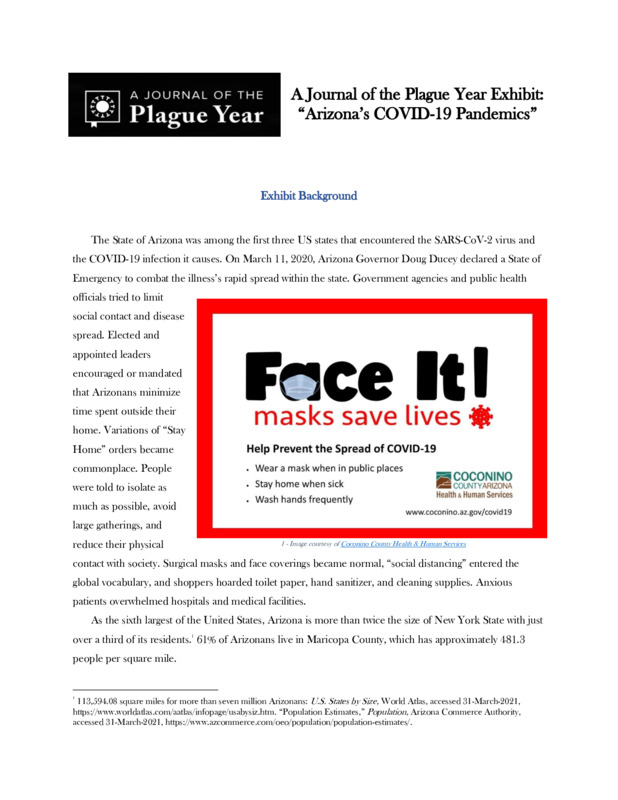
2021-04-20
While working as a curatorial intern on ASU's 'A Journal of the Plague Year' COVID-19 archive, I created this exhibit on the pandemic experience within the state.
In addition to obvious, overarching realities such as socioeconomic status and immediate access to healthcare systems, I initially believed one of the greatest deciding factors that determined one's experience in Arizona was an individual's residence in either predominantly urban or rural environments. The proposed exhibit had been originally titled "A Tale of Two Arizonas" to pay respect to Charles Dickens and the differing realities experienced here.
To test my proposed hypothesis, I went about finding data, stories, and submissions that substantiated or disputed my premise. Within a short time, I had identified four distinct environmental drivers of personal pandemic experiences; to me, that indicated the existence of many more I hadn't yet found or had overlooked along the way. My evidence suggested a minimum of four pandemic locales: Urban, Rural, Border, and Tribal within the State of Arizona and its fifteen counties. The recorded health data and personal experiences demonstrated the naivete of my initial hypothesis, and I retitled the exhibit: "Arizona's COVID-19 Pandemics."
The Exhibit Background section illustrates the vast dichotomies within Arizona in terms of population density and access to healthcare facilities. Given the virus's respiratory nature, these factors seemed especially relevant to driving diverse local experiences. I chose to include a flyer from the Coconino County Health and Human Services' "Face It! Masks Save Lives" campaign. The flyer included a specific line to "Stay Home When Sick" that seemed to illustrate a different public health paradigm than the broader "stay home" orders from Maricopa and Pima county. This section also features an image of Sedona's red rocks and a portion of The Wave to remind visitors of the wide-open rural areas accessible to all, as well as those with cultural significance to the Native American tribes and limited access to the general public.
The next section asks a short, five-question survey in which visitors may participate.
The Silver Linings piece features a short audio clip of a father and husband discussing some unexpected benefits of the pandemic. Visitors may explore additional Silver Linings stories and submit their own experience.
The Tséhootsooí Medical Center piece seeks to illustrate the different pandemic experience on the state's tribal lands. I hoped to inspire some relevant emotional turmoil for the visitors through the piece's visual presentation. I wanted to create a series of waves with quotes from the medical center's healthcare workers. I hoped visitors' attention would be drawn to the large, bolded key words, and that they would first experience the segments out of sequence because of that. After potentially feeling a sense of chaos, they might settle themselves into a deliberate reading of the texts and find their own order within the experiences provided here. This piece allows further exploration of Native submissions and topics, a review of an additional related news article, and a submission prompt that invites visitors to offer guidance to hospital managers.
The next piece illustrates the differences between mask mandates in communities across Arizona. In addition to hearing an audio clip of interviews with mayors and a public health official, visitors can explore additional submissions related to mask mandates and submit their thoughts on statewide mandates.
The Arizona Department of Health Services provides zip-code specific infection data on its website, and the wide array of known case infections therein further illustrates potential dichotomies across the state. In working to include and represent this data in a consumable way, I encountered inconsistencies with tribal data. The nation's Indian tribes are overseen by Indian Health Services, a federal public health agency, and it does not collect or report data in the same manner as the State of Arizona or its counties. At first glance, the data would seem to suggest that tribal areas had less severe pandemic experiences than the rural and urban areas, which was not objectively true. I wanted to offer the unedited data to visitors, allow them to drawn their own conclusions, and invite them to offer their thoughts on what potential misunderstandings might emanate from these reporting differences. Visitors may also choose to review the foundational data from this piece, as well.
I used the following two sections to offer submission prompts about the visitor's overall pandemic experience as a function of their location, as well as what they might have done if placed in charge of their city, county, or state during this pandemic.
A diverse Search section allows visitors to explore additional topics of interest to them. 23 hyperlinks offer pre-defined search parameters. An Advanced Search link allows self-defined research, and a Join The Staff link connects visitors with opportunities to work within the JOTPY archive.
A final section asks visitors to provide feedback on the exhibit, its content, and the pandemic in general.
Both surveys within the exhibit will display overall results to visitors who participate in them.
Through this process, I found incredible amounts and diversity of data outside the archive that spoke to these generally localized experiences, but not that much yet within the archive explained what Arizonans had experienced outside the state's urban environments. I created a call for submissions and delivered it to fifty rural entities that might help support the effort to collect and preserve more rural Arizona stories. Between all the local libraries, historical societies, museums, small-town mayors, and county health officials to whom I asked for help, I am optimistic the archive will better represent all Arizonans in the coming months and years. Despite the exhibit having been created, I ensured its internal search features would include future submissions and allow the exhibit to remain relevant long after its release.
-
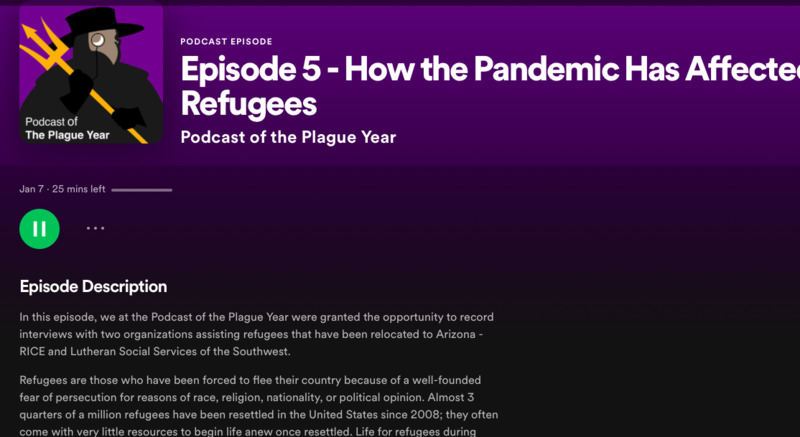
2021-01-07
In this episode, we at the Podcast of the Plague Year were granted the opportunity to record interviews with two organizations assisting refugees that have been relocated to Arizona- RICE and Lutheran Social Services of the Southwest.
Refugees are those who have been forced to flee their country because of a well-founded fear of persecution for reasons of race, religion, nationality, or political opinion. Almost 3 quarters of a million refugees have been resettled in the United States since 2008; they often come with very little resources to begin life anew once resettled. Life for refugees during resettlement comes with hope, but also with struggles to learn a new language, navigate new employment and educational systems and integrate into a new society. It is easy to imagine how a pandemic could intensify already existing struggles.
-
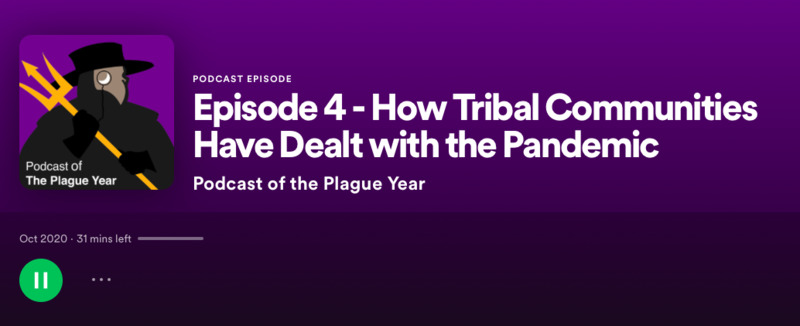
2020-10
A cursory look into A Journal of the Plague Year reveals that the pandemic is nondiscriminatory, all of are affected. Yet, the reality is that Covid-19 is having more impact on certain populations in American communities. Arizona State University's Center for the Study of Religion and Conflict partnered with the Henry Luce Foundation to provide rapid relief funding to marginalized communities in the southwest. As part of the rapid relief program, the Center for the Study of Religion and Conflict is collaborating with A Journal of the Plague Year and the Walter Cronkite School of Journalism and Mass Communication to raise awareness about the marginalized communities that were assisted via this grant.
By joining this "Southwest Stories" project, we at the Podcast of the Plague Year were granted the opportunity to spotlight one Native American community in Arizona- the White Mountain Apache Tribe.
-
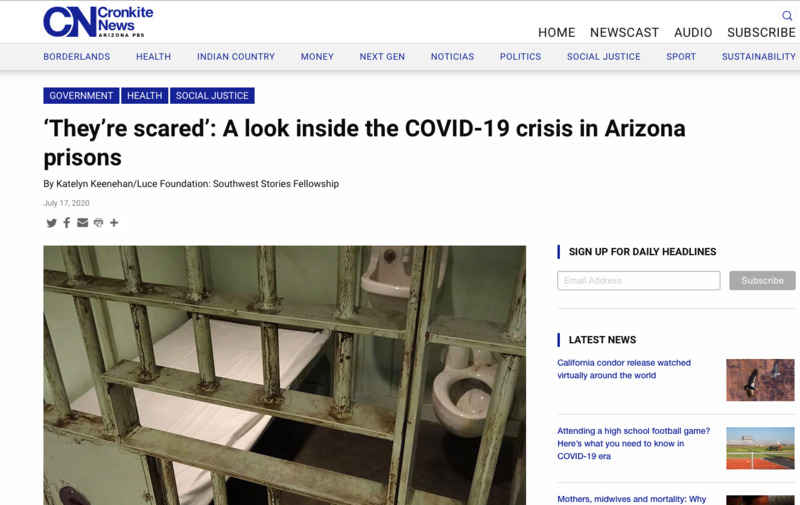
2020-07-17
As COVID-19 began to spread across the Southwest in March, lawyers representing incarcerated Arizonans reported “unsanitary conditions,” “inadequate medical staffing and treatment” and a “failure to take strong and sensible precautionary measures” in state prisons.
The combination left prisoners “highly vulnerable to outbreaks,” the attorneys wrote in a letter to the state before asking a federal judge to intervene. The judge did by issuing an order for officials to release more information, but prison advocates say it hasn’t been enough.
Nearly four months later, complaints of insufficient safety measures and subpar medical care continue to plague Arizona prisons. At least 569 prisoners at 13 of the state’s 16 prison complexes had tested positive for COVID-19 as of July 15, according to the Department of Corrections, Rehabilitation and Reentry, and at least 371 staffers have reported positive results.
Justice reform advocates and others with ties to the correctional system worry the state is running out of time to prevent an even more dangerous surge in cases. COVID-19 can spread swiftly in crowded indoor spaces and among individuals with chronic health problems.
-

2020-09-14
Amid the COVID-19 pandemic, students are adjusting to their new normal when it comes to online classes, virtual events and social distancing to prevent the spread of the disease.
But for deaf and hard of hearing students in Arizona public schools, as well as for many more enrolled in private schools, these adjustments introduce new barriers to communication and learning. Last year, according to the Arizona Department of Education, 1,622 deaf or hard of hearing students were in public schools.
Sequoia Deaf School, part of the Edkey Inc. charter school group in Mesa, had 52 students enrolled in grades K through 12 for the 2020-21 school year. Its experience navigating the pandemic illustrates some of the challenges deaf students face, such as difficulty reading lips and faces behind masks, the shorter attention spans of young deaf students and the loss of their nurturing school community.
-
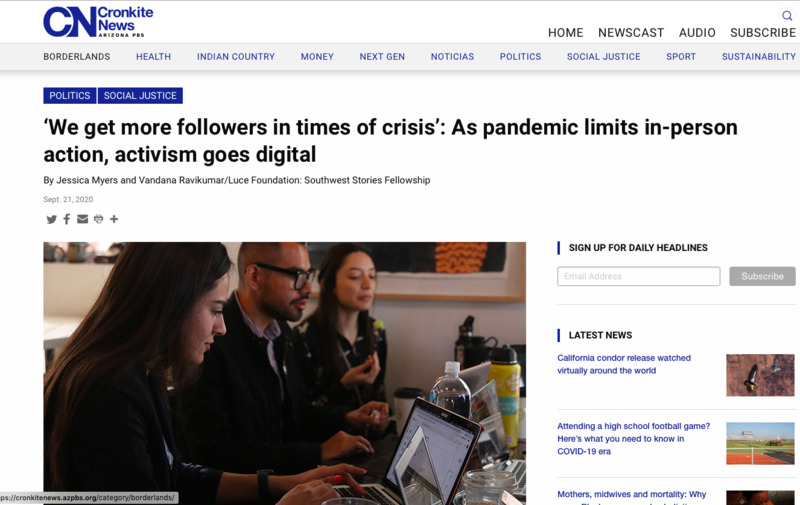
2020-09-21
PHOENIX – Civil rights marches. Anti-war protests. Rallies against gun violence.
Public demonstrations historically have involved the “mass mobilization of bodies,” according to Tiera Rainey, program director for the Tucson Second Chance Community Bail Fund and an organizer with Black Lives Matter Tucson.
But when the novel coronavirus struck, prompting warnings against crowds and close contact, Arizona’s new reality of social distancing forced organizers to rethink that framework.
-
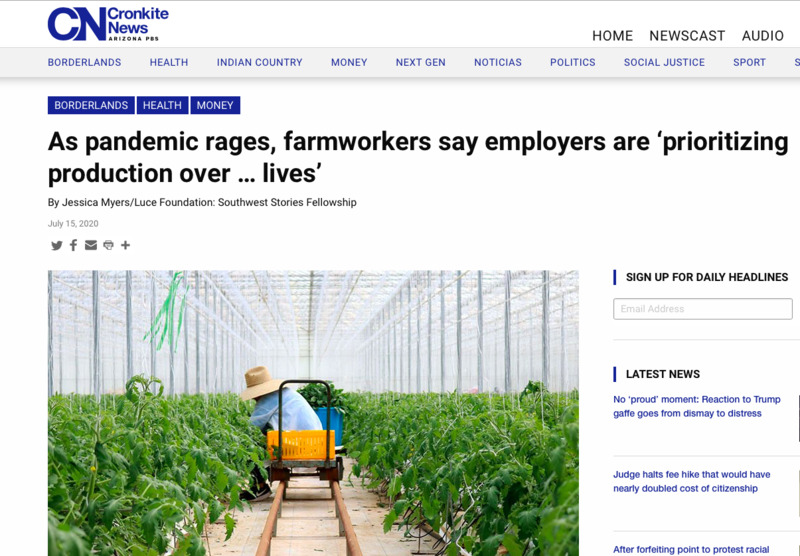
2020-07-15
As of early July, 87 workers and 58 family members, 23 of them children, had tested positive for the novel coronavirus that causes COVID-19, according to data compiled by United Farm Workers, a labor union. Many more are awaiting results.
“I don’t want to go back,” Bertha said. She feels she has only two options: Accept the working conditions, or quit.
The pandemic has forced agricultural workers throughout the Southwest to make a similar choice between their health and their incomes. Though industry representatives say farms are doing everything they can do to protect their employees, worker advocates argue a lack of industry protections – and the “invisibility” of much of the work done by day laborers – have made farmworkers especially vulnerable to exploitation.
“It just shows the contradiction in calling somebody an ‘essential worker’ but only for what you need them for, not to care for them as human beings that also are afraid of getting sick,” said Juanita Valdez-Cox, a migrant-rights advocate in Texas.
-
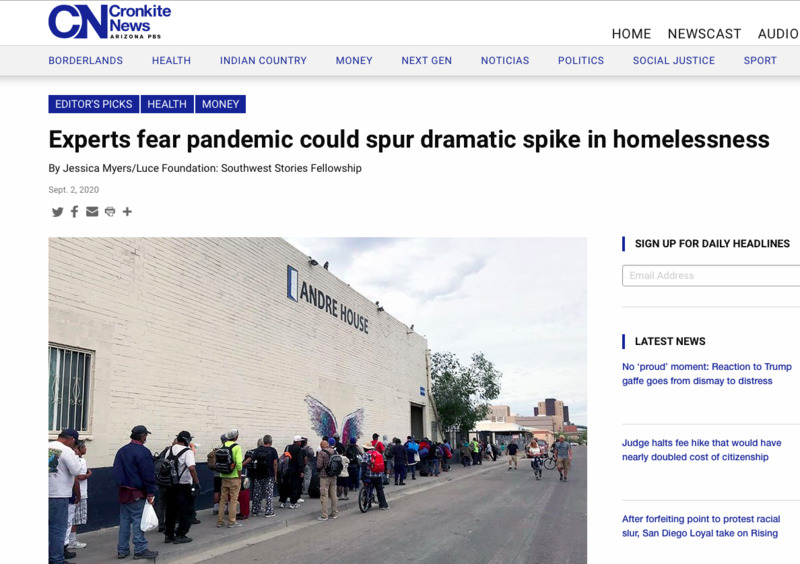
2020-09-02
PHOENIX – For more than three decades, André House just west of downtown has provided food, showers, temporary housing and other services to Arizonans experiencing homelessness or poverty.
In the wake of the COVID-19 pandemic, the number of families seeking such services has almost doubled, said Ash Uss, the faith-based nonprofit’s coordinator of advocacy and partnerships.
“We have had families who show up and say, ‘I was just evicted,’ or ‘I’m about to be evicted,’ or ‘We’re living out of our car,’” Uss said. “The need is greater than it ever was.”
On Tuesday, the Centers for Disease Control and Prevention implemented a nationwide temporary eviction moratorium through the end of the year to help stop the spread of COVID-19. Under the order, landlords cannot evict renters who meet certain conditions: “exhausted their best efforts to pay rent, seek Government rental assistance, and are likely to become homeless due to eviction,” according to a statement from the White House.
However, the latest efforts may have little impact for those already struggling to secure housing. A July report from University of Arizona researchers suggests the spike in people seeking homeless services at André House and elsewhere in metro Phoenix may be just the beginning. Researchers found the COVID-19 pandemic and subsequent economic shutdown could increase the state’s homeless population – about 11,000 as of January – by 16% to 42%.
“I think everybody needs to take this very seriously,” said Claudia Powell, associate director of the university’s Southwest Institute for Research on Women and co-author of the report, which put the number of at-risk renters at 365,000.
“It will be a bigger crisis than we can imagine if we don’t act soon.”
-

2020-09-15
By Sarandon Raboin/Luce Foundation: Southwest Stories Fellowship
-
2020-09-20
by Jessica Myers for the Luce Foundation: Southwest Stories Fellowship
-
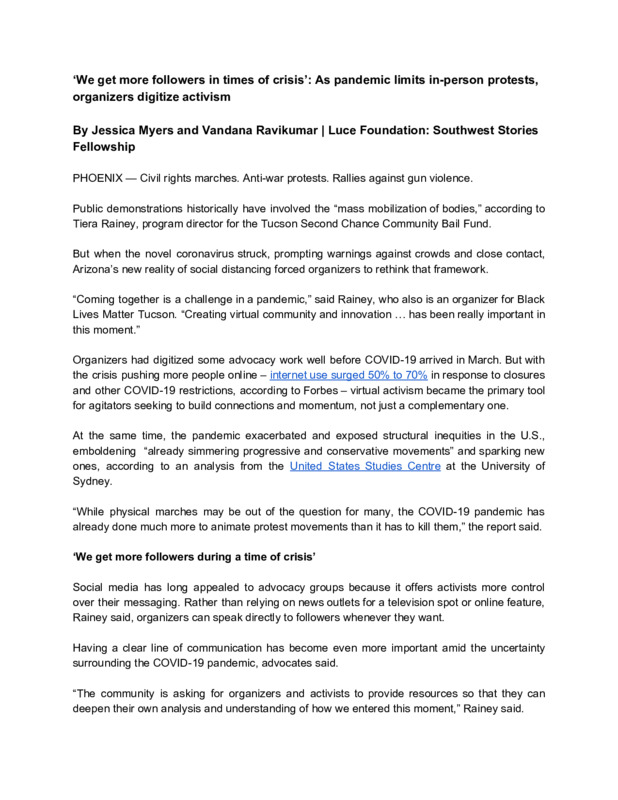
2020-09-14
by Jessica Myers for the Luce Foundation: Southwest Stories Fellowship
-
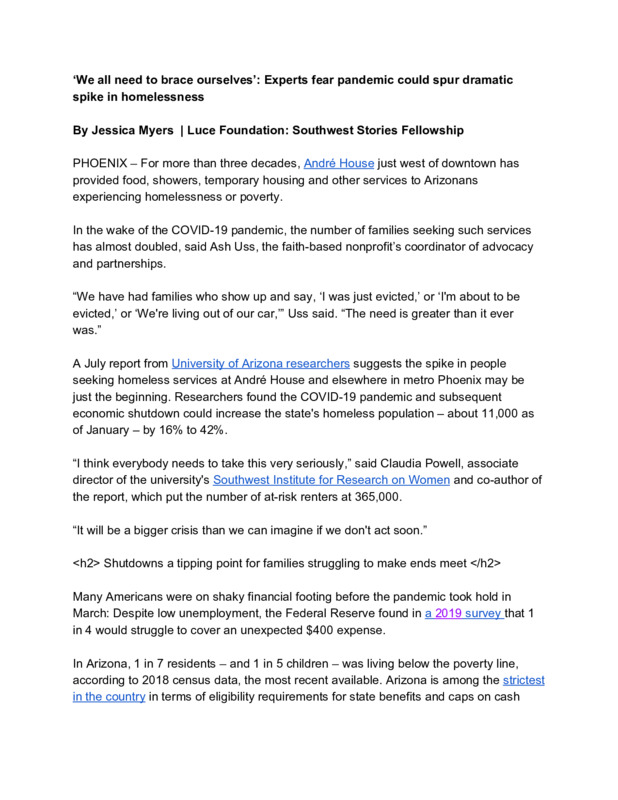
2020-09-01
By Jessica Myers | Luce Foundation: Southwest Stories Fellowship
-

2020-08-22
by Jessica Myers for the Luce Foundation: Southwest Stories Fellowship
-
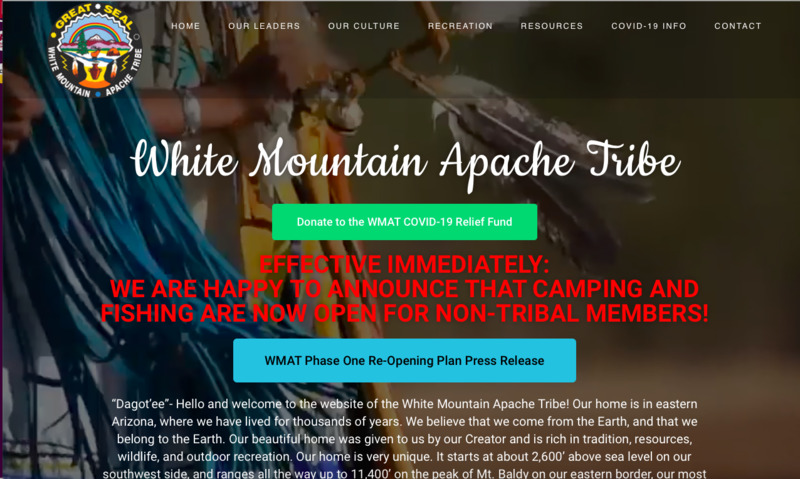
2020-09-16
"Welcome to the homelands of the White Mountain Apache Tribe! Apaches have been known since time immemorial for being resilient and having the will to survive in tough circumstances. Despite any challenge we may face, the ancestors of before gave us these bloodlines that still remain today.
Located in the heart of the Great State of Arizona, the White Mountain Apache Tribe is blessed with over 400 miles of clean running rivers, streams, and over 26 lakes that are home to the Apache Trout. Be our guest and experience Trophy Bull Elk hunting, prize fishing and camping, or one of the finest ski destinations at Sunrise Ski Park! Visit us year-round within the four seasons.
The White Mountain Apache Tribe continues to celebrate its culture, language, and songs and dances. The mountains, rivers, and pristine rivers offer an ideal vacation for anyone looking to relax and get away from it all.” Gwendena Lee-Gatewood, Tribal Chairwoman
-
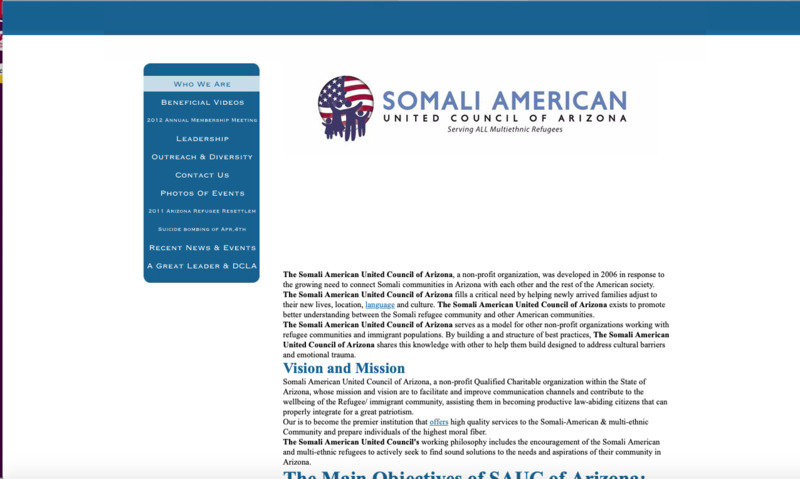
2020-09-16
The Somali American United Council of Arizona, a non-profit organization, was developed in 2006 in response to the growing need to connect Somali communities in Arizona with each other and the rest of the American society.
The Somali American United Council of Arizona fills a critical need by helping newly arrived families adjust to their new lives, location, language and culture. The Somali American United Council of Arizona exists to promote better understanding between the Somali refugee community and other American communities.
The Somali American United Council of Arizona serves as a model for other non-profit organizations working with refugee communities and immigrant populations. By building a and structure of best practices, The Somali American United Council of Arizona shares this knowledge with other to help them build designed to address cultural barriers and emotional trauma.
Vision and Mission
Somali American United Council of Arizona, a non-profit Qualified Charitable organization within the State of Arizona, whose mission and vision are to facilitate and improve communication channels and contribute to the wellbeing of the Refugee/ immigrant community, assisting them in becoming productive law-abiding citizens that can properly integrate for a great patriotism.
Our is to become the premier institution that offers high quality services to the Somali-American & multi-ethnic Community and prepare individuals of the highest moral fiber.
The Somali American United Council's working philosophy includes the encouragement of the Somali American and multi-ethnic refugees to actively seek to find sound solutions to the needs and aspirations of their community in Arizona.
-

2020-09-16
Refugee and Immigrant Community Empowerment Center (RICE) is a community-based, non-profit organization dedicated to serving and assisting Refugees, Asylees and Immigrants in the Phoenix Metropolitan Statistical Area, created to close the service gaps that remain after the 90-day resettlement period. RICE is directed by a team of leaders from all over the globe and that works directly with local partnerships to strengthen social services and prevent unnecessary hardships for immigrants and refugees. By advocating and promoting education, dialogue and awareness, RICE identifies the potential for new opportunities then integrates them back into our refugee and immigrant communities.
MISSION STATEMENT
The RICE mission is to aid refugees and immigrants in becoming self-sufficient and contributing members of the economic growth of the community by creating resources and opportunities to training and education in preparing for employment in the community.
-
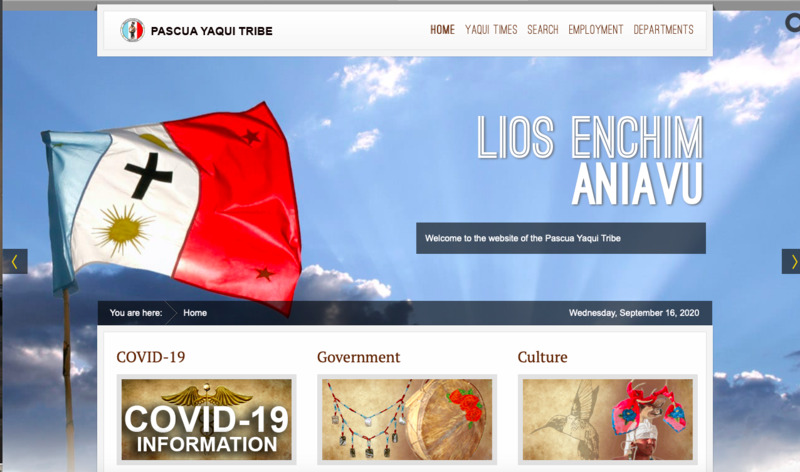
2020-09-16
The Pascua Yaqui Tribe Charitable Organization received aid from the ASU/Luce Covid-19 Rapid Response project. Community served: Native American (Pascua Yaqui)
Project: Freezers for food pantry distribution center
-
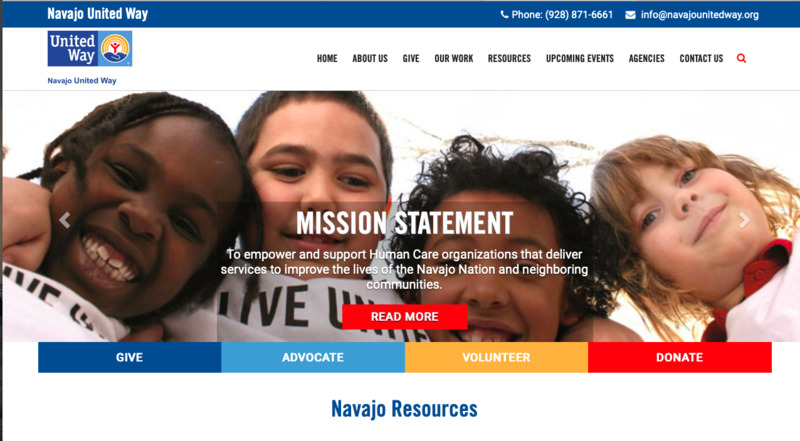
2020-09-16
The Navajo United Way, Inc. received aid from the ASU/Luce Covid-19 Rapid Response project. Community served: Native American (Navajo)
Project: Diapers, wipes, water, formula for Navajo children
-

2020-09-14
OUR MISSION
We stabilize people during crisis and transition, build a foundation where people can thrive, and preserve dignity and respect for the most vulnerable.
OUR VISION
A future where all people thrive.
OUR STATEMENT OF SHARED VALUES
Dignity: We demonstrate through our actions that all people have value and are worthy of respect.
Diversity: We recognize and accept the differences among people, fostering an environment inclusive of all.
Social Justice: We model and promote a culture of open-mindedness, compassion, and inclusiveness, promoting fairness, justice, and equal opportunities for all.
Quality: We commit to excellence, innovation, and continuous improvement through anticipation and dynamic response to opportunities for change.
Community Partnerships: We build collaborative partnerships to strengthen individuals, families and communities.
Faith-based: We serve all people with an attitude of compassion and caring, recognizing and honoring our Christian heritage of God’s love in Christ for all.
-
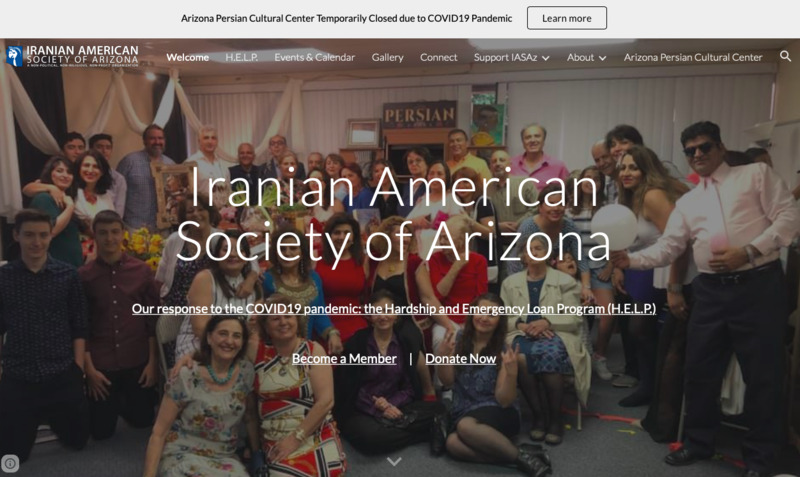
2020-09-14
At Iranian American Society of Arizona (IASAz), we strive to enrich the lives of Arizona residents by promoting an awareness of the Iranian culture, heritage, language, history and contributions through education, music, dance, theater, arts, food and sense of community. Our goal is to preserve, promote and encourage through education and charitable work, the richness of Iranian-American culture. We achieve this by organizing social, educational, recreational and other functions to promote better understanding and friendship both among the members of the organization and among individuals and organizations in Arizona who share an interest in Iranian culture.
-
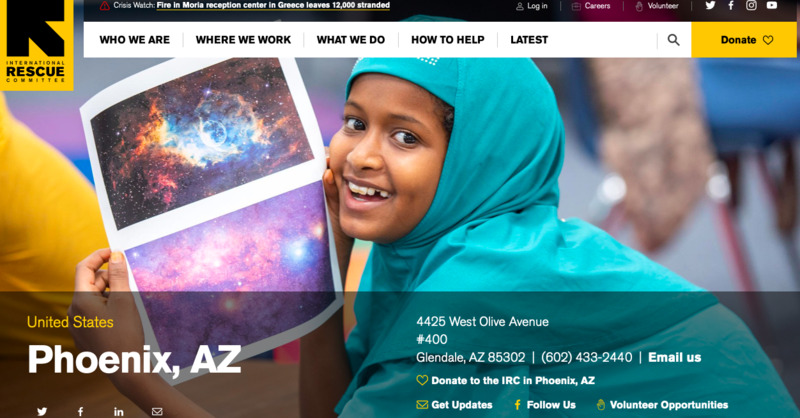
2020-09-14
The International Rescue Committee helps people whose lives and livelihoods are shattered by conflict and disaster to survive, recover and regain control of their future.
-
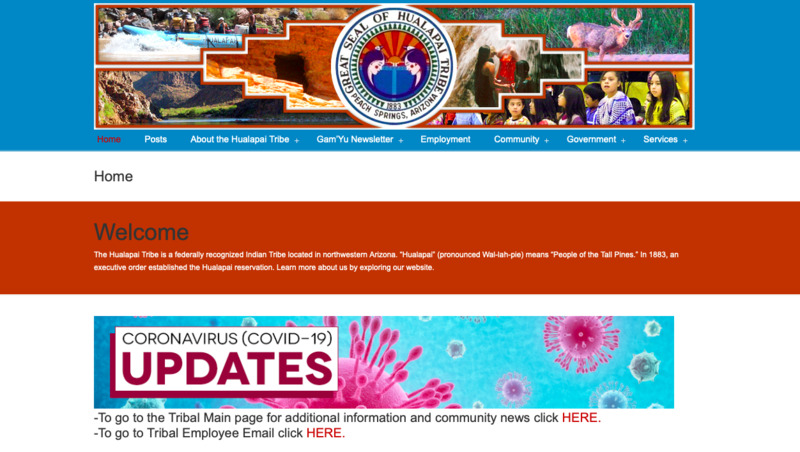
2020-09-14
The Hualapai Tribe is a federally recognized Indian Tribe located in northwestern Arizona. “Hualapai” (pronounced Wal-lah-pie) means “People of the Tall Pines.” In 1883, an executive order established the Hualapai reservation.
-

2020-09-14
The Florence Project is a 501(c)(3) nonprofit legal service organization providing free legal and social services to adults and unaccompanied children in immigration custody in Arizona. Although the government assists indigent criminal defendants and civil litigants through public defenders and legal aid attorneys, it does not provide attorneys for people in immigration removal proceedings. As a result, an estimated 86 percent of the detained people go unrepresented due to poverty. The Florence Project strives to address this inequity both locally and nationally through direct service, partnerships with the community, and advocacy and outreach efforts.
-
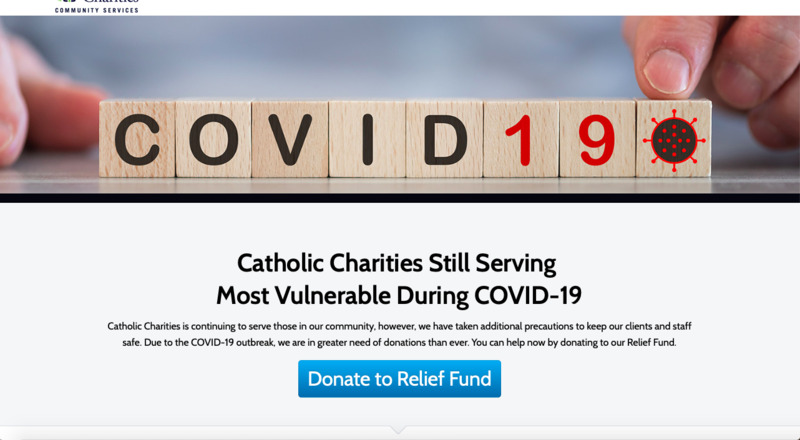
2020-09-08
Arizona has more than 62,000 refugees, who have been forced out of their country of origin due to persecution of race, religion, nationality, political opinion or membership to a particular social group. These are hard-working, often educated people who are struggling to survive. You can help them be welcomed into our country by helping provide for them as they start to settle. When you partner with Catholic Charities, you’ll help provide refugees with support in getting settled into American culture.
-
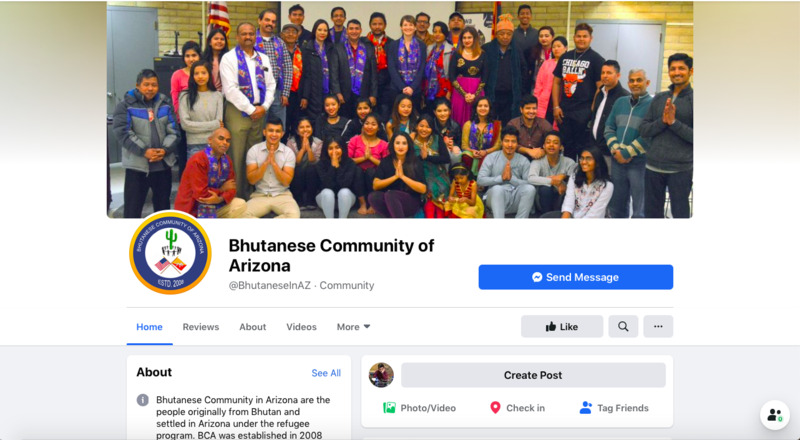
2020-09-08
Bhutanese Community in Arizona are the people originally from Bhutan and settled in Arizona under the refugee program. BCA was established in 2008
-
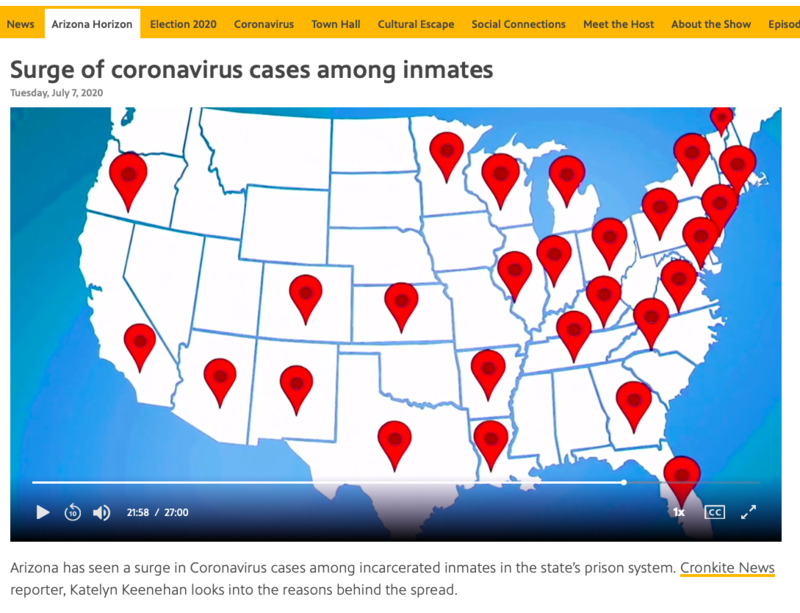
2020-07-07
By Katelyn Keenhan/Luce Foundation: Southwest Stories Fellowship
-
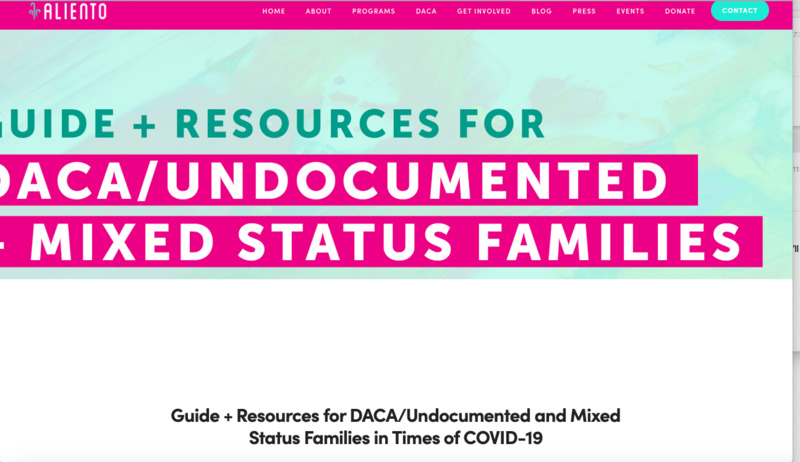
2020-09-02
Aliento is one of the organizations receiving aid from ASU's Center for the Study of Religion and Conflict program through the Luce Foundation. This program provides rapid relief to communities hit particularly hard and uniquely by the pandemic. Aliento provides resources to DACA/undocumented and mixed-status families. This link specifically is to the Covid-19 resource page on their website.
-

2020-08-30
I wanted to articulate my experience with the COVID-19 stories fellowship. It was a great experience hearing about how different communities have been affected and their struggles with the virus. I also talked about my virtual reporting process.
-
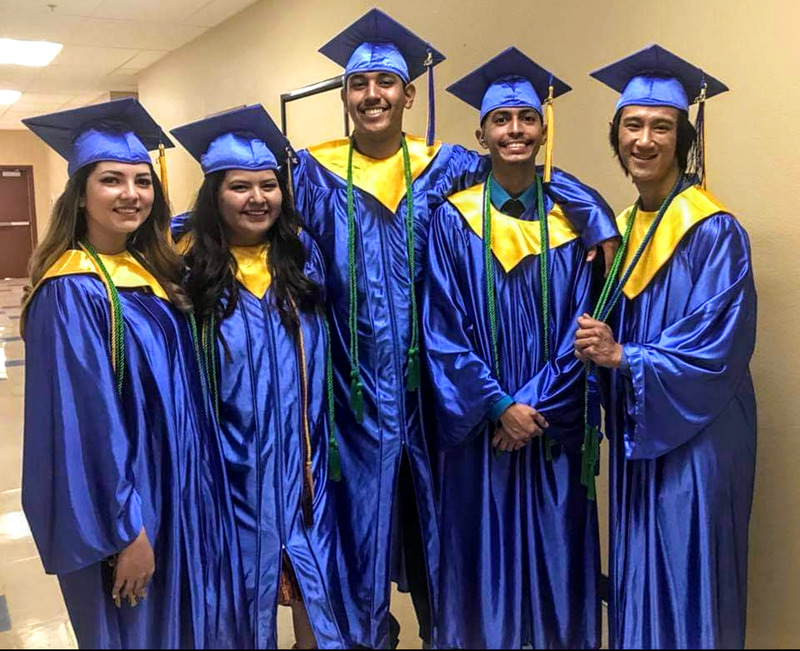
2020-08-30
By Katelyn Keenehan/Luce Foundation: Southwest Stories Fellowship
-
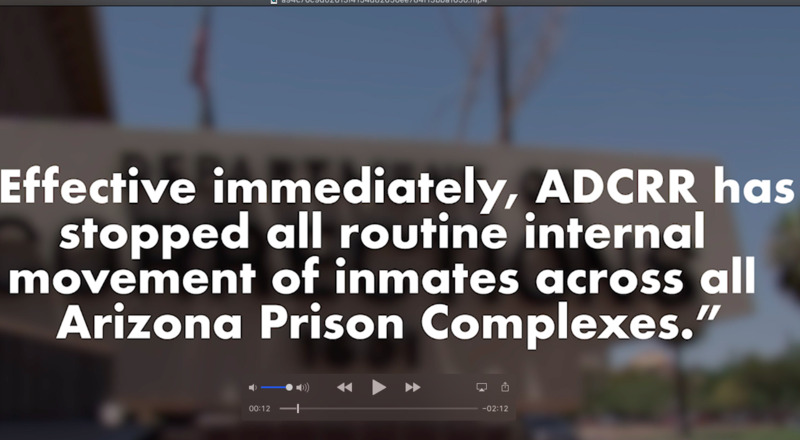
2020-07-20
The contracts for Arizona's private prisons require nearly all of the beds to be filled. This story articulates the difficult balance between keeping inmates safe during a pandemic and satisfying the contracts.
-

2020-08-26
After working on stories that would appear on this archive, I reflected what it was like report during this pandemic.
-

2020-08-26
By Sarandon Raboin/Luce Foundation: Southwest Stories Fellowship
-

2020-08-05
By McKenzie Allen-Charmley/Luce Foundation: Southwest Stories Fellowship
-
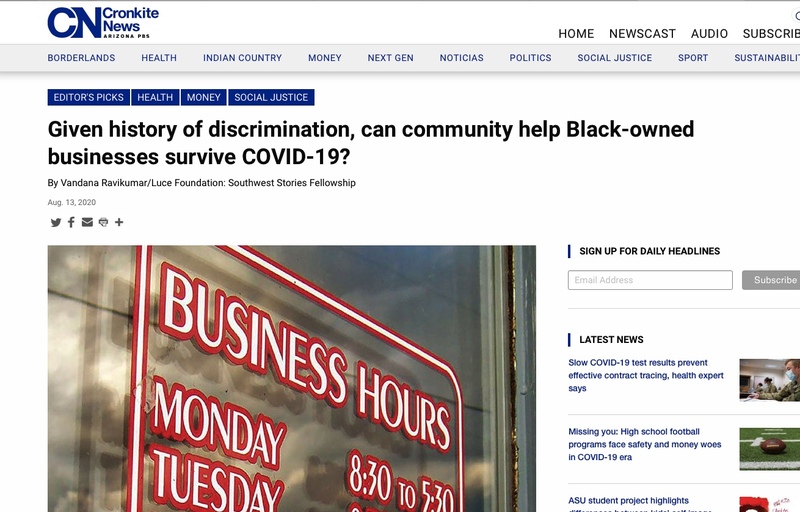
2020-08-13
Vandana Ravikumar/Luce Foundation: Southwest Stories Fellowship
-
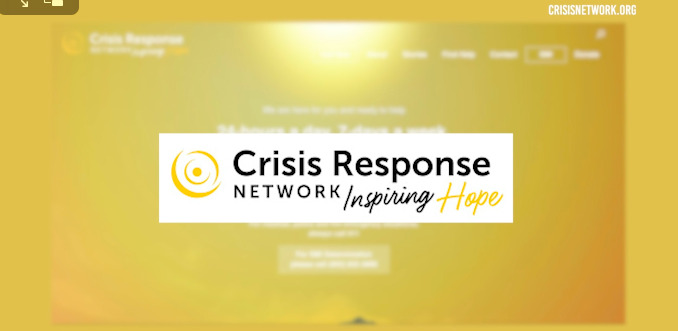
2020-08-14
Sarandon Raboin/Luce Foundation: Southwest Stories Fellowship
-
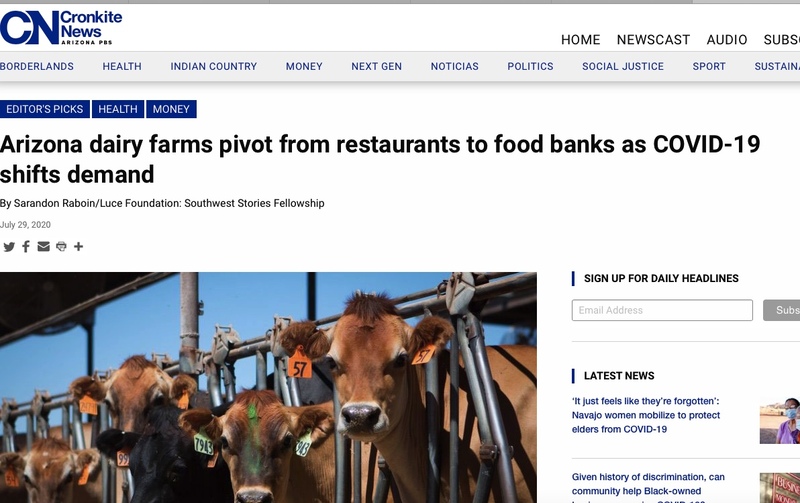
2020-07-29
By Sarandon Raboin/Luce Foundation: Southwest Stories Fellowship
-

2020-08-07
By Jessica Myers/Luce Foundation: Southwest Stories Fellowship
-
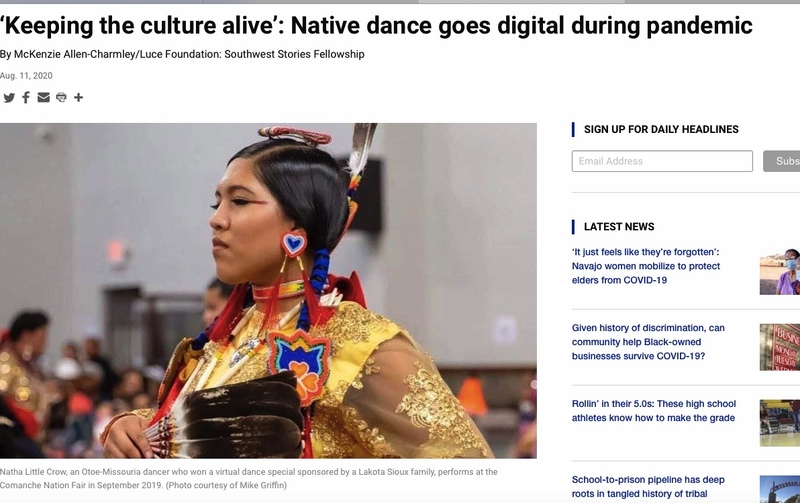
2020-08-11
By McKenzie Allen-Charmley|Luce Foundation: Southwest Stories Fellowship
-
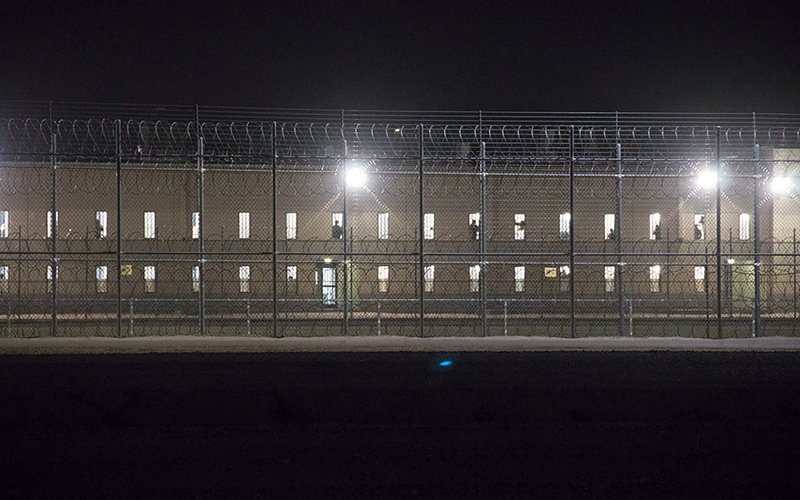
2020-08-07
by Jessica Myers| Luce Foundation: Southwest Stories Fellowship
-
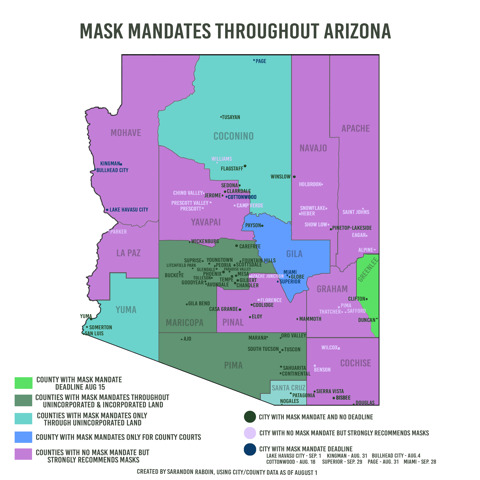
2020-08-11
Sarandon Raboin/Luce Foundation: Southwest Stories Fellowship
-
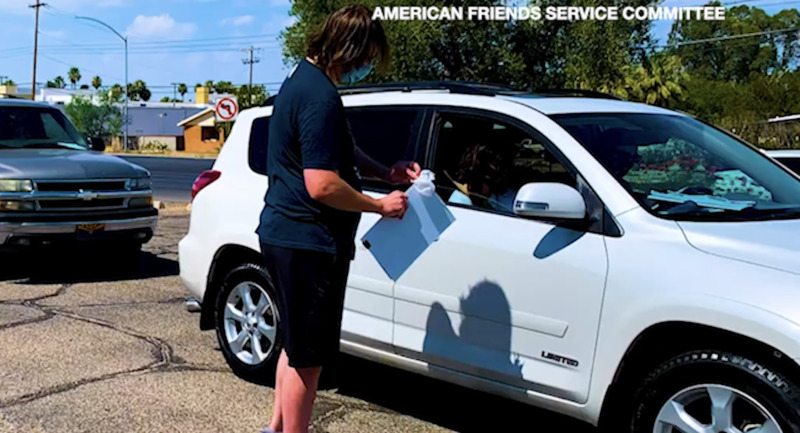
2020-07-30
As COVID-19 threatens the safety of inmates and staff in the Arizona Department of Corrections, families with incarcerated loved ones are pushing for the state to release some non-violent offenders early.
So far, they have not swayed officials... but in November, voters will have a chnace to decide whether certain non-violent offenders should be able to earn time off their sentences.
This story discusses the challenges of political activism amidst a pandemic.
-

2020-08-03
Sarandon Raboin/Luce Foundation: Southwest Stories Fellowship
The COVID-19 Pandemic has hit rural small businesses especially hard. Owners are struggling to pay their bills, and even survive. These owners don't necessarily get the same financial support from the federal government as owners in metropolitan areas. The non-profit "Local First Arizona" started providing financial grants to small businesses, especially focusing on those in rural areas of Arizona. These grants have been the saving grace of some rural small business owners. Reporter Sarandon Raboin spoke with some of the owners who were helped by "Local First Arizona".
-

2020-07-24
ASU Center for the Study of Religion and Conflict receives $150K to help groups serving communities hit hard by pandemic
In Arizona, some of the communities hit hardest by the coronavirus pandemic have been the same communities whose plight often goes unnoticed — refugees, asylum-seekers, DACA recipients, mixed-status migrants and Native American tribes.
In a move that is new to the Arizona State University Center for the Study of Religion and Conflict, it has been able to award grants ranging from $3,000 to $10,000 to 13 separate organizations serving the state’s most vulnerable communities, after receiving $150,000 in funding from the Henry Luce Foundation.
-

2020-07-01
By Katelyn Keenehan | Luce Foundation: Southwest Stories Fellowship
-
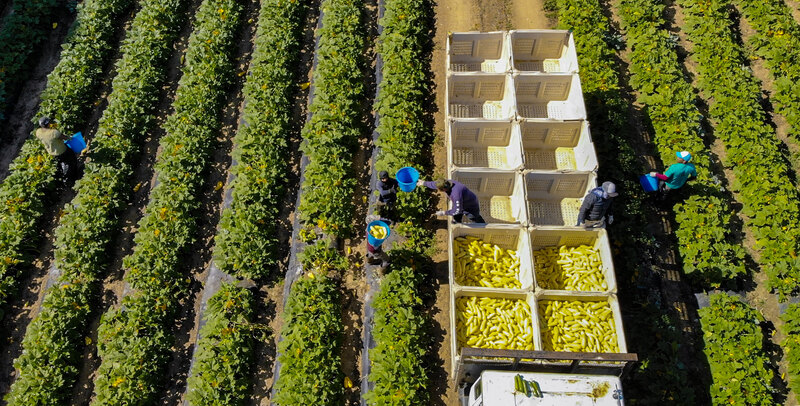
2020-07-09
by Jessica Myers| Luce Foundation: Southwest Stories Fellowship
-

2020-07-09
By Sarandon Raboin | Luce Foundation: Southwest Stories Fellowship
 2021-04-21
2021-04-21 2021-04-20
2021-04-20 2021-01-07
2021-01-07 2020-10
2020-10 2020-07-17
2020-07-17 2020-09-14
2020-09-14 2020-09-21
2020-09-21 2020-07-15
2020-07-15 2020-09-02
2020-09-02 2020-09-15
2020-09-15 2020-09-14
2020-09-14 2020-09-01
2020-09-01 2020-08-22
2020-08-22 2020-09-16
2020-09-16 2020-09-16
2020-09-16 2020-09-16
2020-09-16 2020-09-16
2020-09-16 2020-09-16
2020-09-16 2020-09-14
2020-09-14 2020-09-14
2020-09-14 2020-09-14
2020-09-14 2020-09-14
2020-09-14 2020-09-14
2020-09-14 2020-09-08
2020-09-08 2020-09-08
2020-09-08 2020-07-07
2020-07-07 2020-09-02
2020-09-02 2020-08-30
2020-08-30 2020-08-30
2020-08-30 2020-07-20
2020-07-20 2020-08-26
2020-08-26 2020-08-26
2020-08-26 2020-08-05
2020-08-05 2020-08-13
2020-08-13 2020-08-14
2020-08-14 2020-07-29
2020-07-29 2020-08-07
2020-08-07 2020-08-11
2020-08-11 2020-08-07
2020-08-07 2020-08-11
2020-08-11 2020-07-30
2020-07-30 2020-08-03
2020-08-03 2020-07-24
2020-07-24 2020-07-01
2020-07-01 2020-07-09
2020-07-09 2020-07-09
2020-07-09